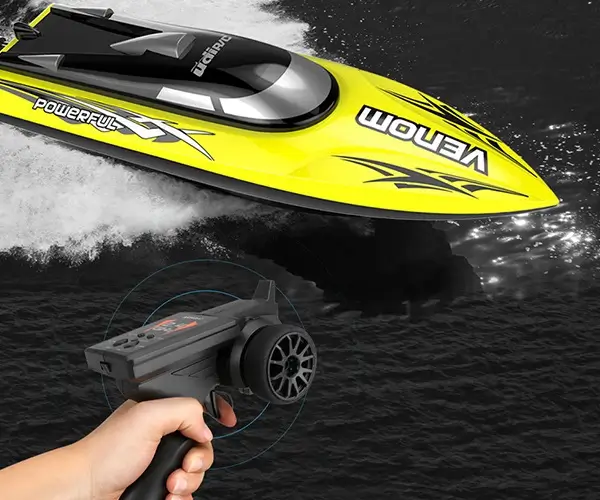When it comes to drones, the motors are one of the most important components that determine how well a drone performs. If you're flying a drone, whether for hobby or professional purposes, understanding the type of motor it uses is key to getting the most out of your flying experience. So, let’s dive into what kinds of motors drones typically use, and why it matters.

Drones typically run on either brushed or brushless motors. These two types are pretty different in their design and performance, and each has its own advantages and limitations. Let’s take a look at both.
Brushed Motors: The Classic Choice
Brushed motors have been around for a long time. They’re the kind of motor you’ll find in lower-end or entry-level drones. These motors use brushes to transfer electricity to the rotor. While they're easy to control and cheaper to manufacture, they come with some downsides. Over time, the brushes wear out, which means maintenance can be a hassle. The performance is also not as smooth as you might want for precise flying.
But here’s the upside: brushed motors are cost-effective and still deliver decent performance, making them perfect for beginners or casual drone enthusiasts. They also make it easy to repair and replace parts if anything goes wrong, which is always a plus for anyone just starting out.
Now, if you’ve ever flown a more advanced drone, you’ve probably experienced the power of brushless motors. These are becoming the go-to choice for most commercial and high-performance drones. Why? Because they don't use brushes, which means there's less friction, less wear and tear, and a smoother flight experience overall.
With brushless motors, you get more power and efficiency. They use magnets and electronic controllers to generate movement, which allows them to run at higher speeds without overheating. The result? A quieter flight and more reliable performance over time. Plus, they tend to last a lot longer than brushed motors, making them ideal for those who need a drone that can keep up with demanding tasks.
How Do You Know Which One You Need?
If you're not sure which motor is best for your drone, it all depends on what you want from your flying experience. If you’re into aerial photography or racing, a drone with brushless motors is your best bet. They provide the kind of precision and stability that’s essential for high-quality shots and fast, sharp turns.
But if you’re just getting started or you’re on a tight budget, brushed motors can still deliver plenty of fun and functionality. They're simple to use, easy to fix, and cost-effective. Plus, they’re great for learning the ropes before you move on to something more advanced.
Conclusion: Picking the Right Motor for Your Drone
Ultimately, the type of motor your drone uses plays a big role in how it flies. Brushless motors offer superior performance, longevity, and efficiency, while brushed motors are affordable and straightforward. Understanding the pros and cons of each type helps you make an informed decision, ensuring that your drone serves your needs and provides a smooth, enjoyable flight experience.
At the end of the day, your choice depends on what kind of drone experience you’re after. Just know that whatever motor your drone uses, it’s the heart of the machine, and getting the right one can make all the difference!
Kpower has delivered professional drive system solutions to over 500 enterprise clients globally with products covering various fields such as Smart Home Systems, Automatic Electronics, Robotics, Precision Agriculture, Drones, and Industrial Automation.




































